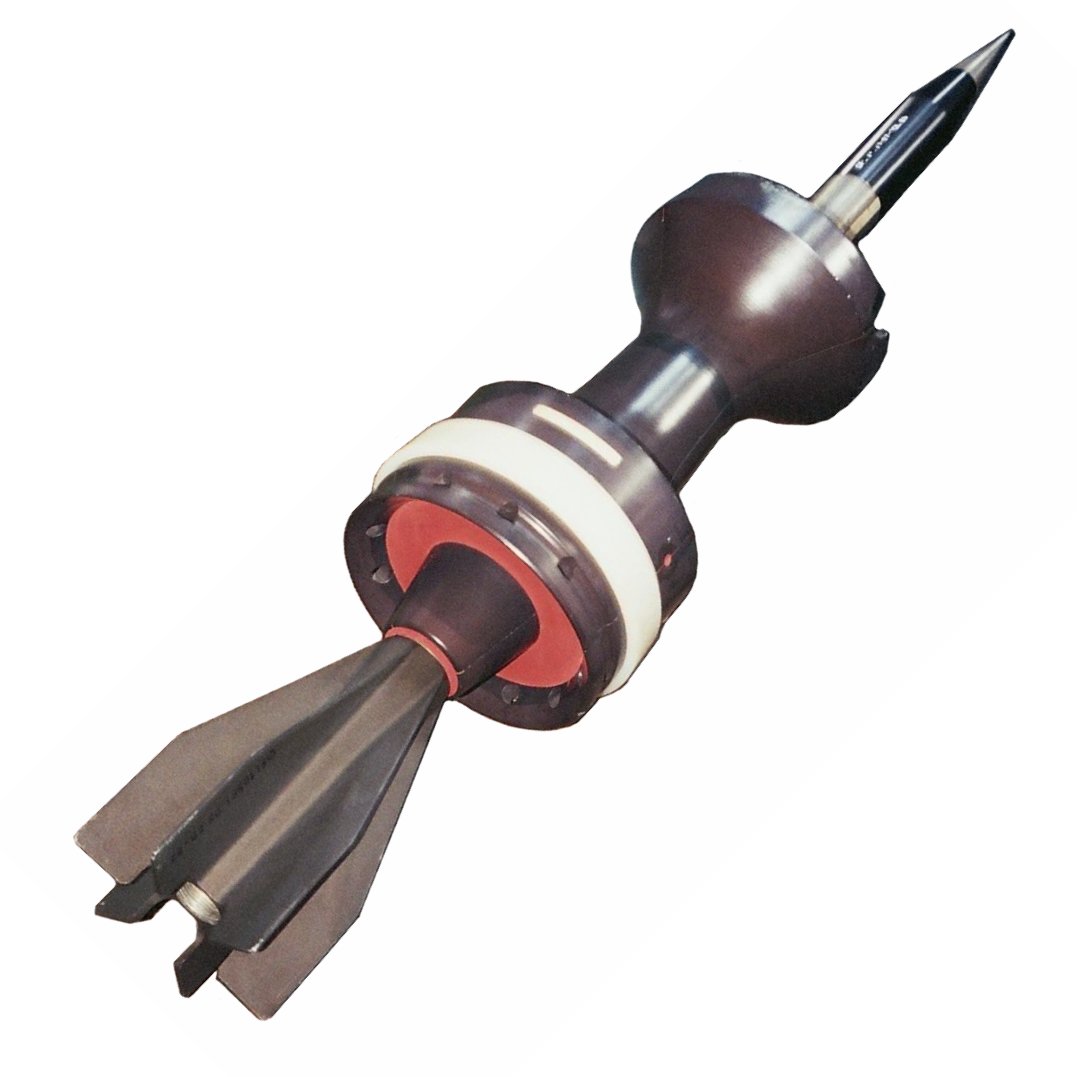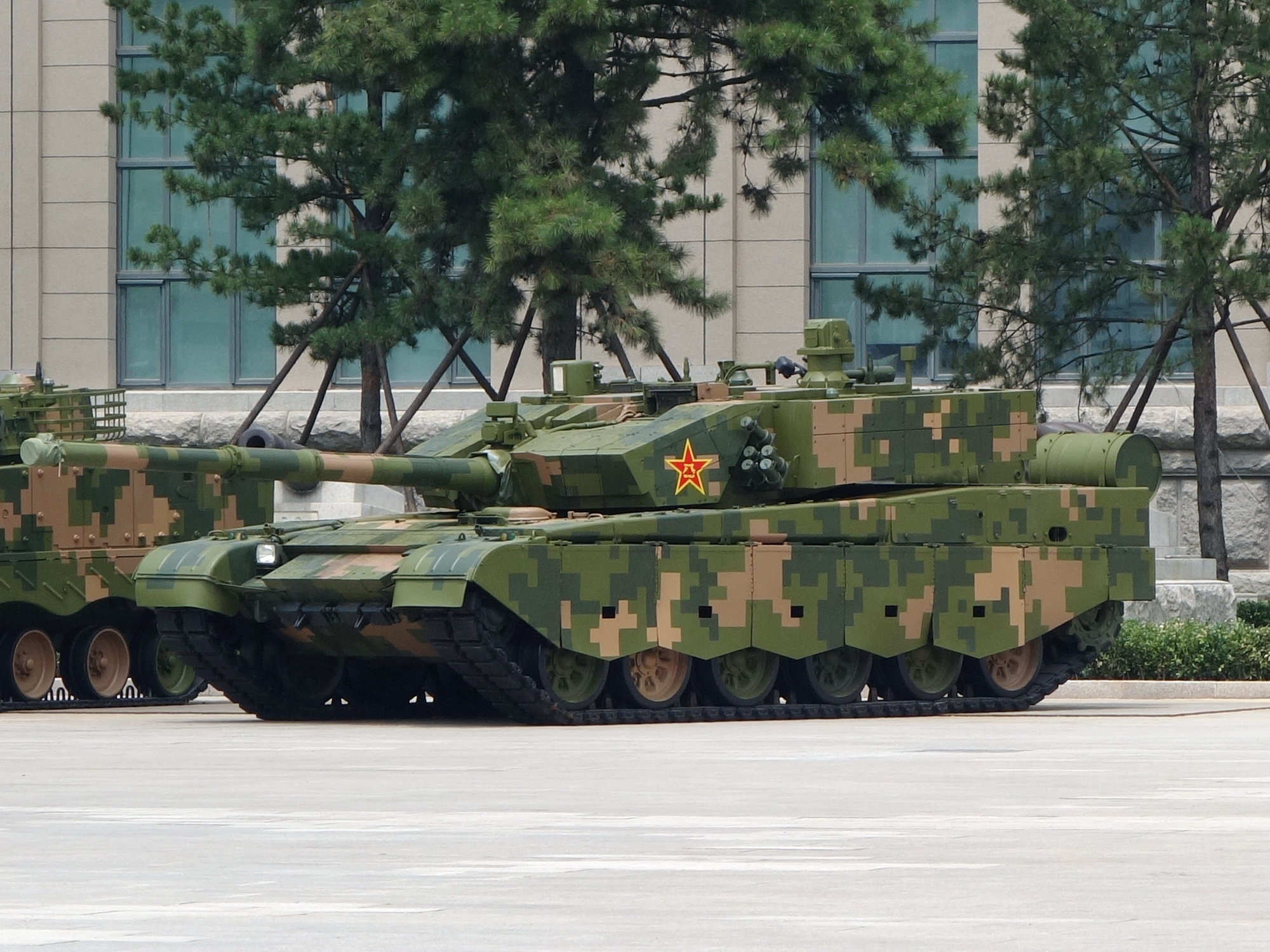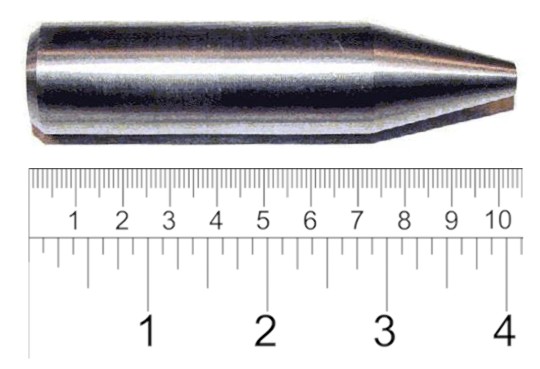|
Object 187
Object 187 (Объект 187), was a Soviet experimental main battle tank developed between the late 1980s and middle 1990s. It remains a relatively unpublicized development because of high levels of secrecy surrounding the project. Design The tank was fitted with cutting-edge systems and structural solutions, losing many of the traditional shortcomings of Soviet tanks. Originally the design was intended to be only a temporary solution before the development of new combat platforms. ''Obiekt 187'' was a parallel project to Obiekt 188, the T-90 tank. It was based on the T-72 The T-72 is a family of Soviet/Russian main battle tanks that entered production in 1969. The T-72 was a development of the T-64, which was troubled by high costs and its reliance on immature developmental technology. About 25,000 T-72 tanks ha ...B, with a heavily modified turret. A particularly notable feature was the rejection of the T-64 hull design. The redesigned layout took up more space, but positivel ... [...More Info...] [...Related Items...] OR: [Wikipedia] [Google] [Baidu] |
Soviet Union
The Soviet Union,. officially the Union of Soviet Socialist Republics. (USSR),. was a transcontinental country that spanned much of Eurasia from 1922 to 1991. A flagship communist state, it was nominally a federal union of fifteen national republics; in practice, both its government and its economy were highly centralized until its final years. It was a one-party state governed by the Communist Party of the Soviet Union, with the city of Moscow serving as its capital as well as that of its largest and most populous republic: the Russian SFSR. Other major cities included Leningrad (Russian SFSR), Kiev (Ukrainian SSR), Minsk ( Byelorussian SSR), Tashkent (Uzbek SSR), Alma-Ata (Kazakh SSR), and Novosibirsk (Russian SFSR). It was the largest country in the world, covering over and spanning eleven time zones. The country's roots lay in the October Revolution of 1917, when the Bolsheviks, under the leadership of Vladimir Lenin, overthrew the Russian Provisional Government ... [...More Info...] [...Related Items...] OR: [Wikipedia] [Google] [Baidu] |
T-80
The T-80 is a main battle tank (MBT) that was designed and manufactured in the former Soviet Union and manufactured in Russia. The T-80 is based on the T-64, while incorporating features from the later T-72. The chief designer of the T-80 was Soviet engineer Nikolay Popov. When it entered service in 1976, it was the second MBT in the world to be equipped with a gas turbine engine, after the Swedish Stridsvagn 103, and the first to use it as a main propulsion engine. The T-80U was last produced in 2001 in a factory in Omsk, Russia. The Ukrainian T-80UD diesel engine variant continued to be produced in Ukraine. The T-80 and its variants are in service in Belarus, Cyprus, Egypt, Kazakhstan, Pakistan, Russia, South Korea, Ukraine and Uzbekistan. Ukraine further developed the T-80UD as the T-84. History Development The project to build the first Soviet turbine powered tank began in 1949. Its designer was A. Ch. Starostienko, who worked at the Leningrad Kirov Plant (LKZ). The ta ... [...More Info...] [...Related Items...] OR: [Wikipedia] [Google] [Baidu] |
Kinetic Penetrator
A kinetic energy penetrator (KEP), also known as long-rod penetrator (LRP), is a type of ammunition designed to penetrate vehicle armour using a flechette-like, high-sectional density projectile. Like a bullet or kinetic energy weapon, this type of ammunition does not contain explosive payloads and uses purely kinetic energy to penetrate the target. Modern KEP munitions are typically of the armour-piercing fin-stabilized discarding sabot (APFSDS) type. History Early cannons fired kinetic energy ammunition, initially consisting of heavy balls of worked stone and later of dense metals. From the beginning, combining high muzzle energy with projectile weight and hardness have been the foremost factors in the design of such weapons. Similarly, the foremost purpose of such weapons has generally been to defeat protective shells of armored vehicles or other defensive structures, whether it is stone walls, sailship timbers, or modern tank armour. Kinetic energy ammunition, in its ... [...More Info...] [...Related Items...] OR: [Wikipedia] [Google] [Baidu] |
Type 99 Tank
The Type 99 () or ZTZ-99 is a Chinese third generation main battle tank (MBT).US Army TRADOC Intelligence Support Activity (2011:5-40) The vehicle was a replacement for the aging Type 88 introduced in the late 1980s. The Type 99 MBT was China's first mass-produced third-generation main battle tank. Combining modular composite armour and tandem-charge defeating ERA, 125 mm smoothbore gun with ATGM-capability, high mobility, digital systems and optics, the Type 99 represents a shift towards rapid modernization by the PLA. The tank entered People's Liberation Army (PLA) service in 2001. The People's Liberation Army Ground Force (PLAGF) is the sole operator of the Type 99. Three main versions of the Type 99 have been deployed, the Type 98 prototype, Type 99 and the Type 99A. The Type 99 forms the core of China’s modern maneuver combat capabilities, with over 1,200 tanks built for the past two decades. Development The development of China's domestic third generation MBT was ... [...More Info...] [...Related Items...] OR: [Wikipedia] [Google] [Baidu] |
Cold War
The Cold War is a term commonly used to refer to a period of geopolitical tension between the United States and the Soviet Union and their respective allies, the Western Bloc and the Eastern Bloc. The term '' cold war'' is used because there was no large-scale fighting directly between the two superpowers, but they each supported major regional conflicts known as proxy wars. The conflict was based around the ideological and geopolitical struggle for global influence by these two superpowers, following their temporary alliance and victory against Nazi Germany and Imperial Japan in 1945. Aside from the nuclear arsenal development and conventional military deployment, the struggle for dominance was expressed via indirect means such as psychological warfare, propaganda campaigns, espionage, far-reaching embargoes, rivalry at sports events, and technological competitions such as the Space Race. The Western Bloc was led by the United States as well as a number of other First W ... [...More Info...] [...Related Items...] OR: [Wikipedia] [Google] [Baidu] |
Leopard 2
The Leopard 2 is a 3rd generation main battle tank originally developed by Krauss-Maffei in the 1970s for the West German army. The tank first entered service in 1979 and succeeded the earlier Leopard 1 as the main battle tank of the West German Army. It is armed with a 120 mm smoothbore cannon, and is powered by a V-12 twin-turbo diesel engine. Various versions have served in the armed forces of Germany and 13 other European countries, as well as several non-European nations, including Canada, Chile, Indonesia, and Singapore. The Leopard 2 was used in Kosovo with the German Army, in Afghanistan with the Dutch, Danish and Canadian contributions to the International Security Assistance Force, and saw action in Syria with the Turkish Armed Forces. There are two main development batches of the tank: the original models up to Leopard 2A4, which have vertically faced turret armour, and the improved batch, namely the Leopard 2A5 and newer versions, which have angled arrow-shape ... [...More Info...] [...Related Items...] OR: [Wikipedia] [Google] [Baidu] |
M1 Abrams
The M1 Abrams is a third-generation American main battle tank designed by Chrysler Defense (now General Dynamics Land Systems) and named for General Creighton Abrams. Conceived for modern armored ground warfare and now one of the heaviest tanks in service at nearly 68 short tons (almost 62 metric tons), it introduced several modern technologies to US armored forces, including a multifuel turbine engine, sophisticated Chobham composite armor, a computer fire control system, separate ammunition storage in a blow-out compartment, and NBC protection for crew safety. Initial models of the M1 were armed with a licensed-produced 105 mm Royal Ordnance L7 gun, while later variants feature a licensed Rheinmetall 120 mm L/44. The M1 Abrams was developed from the failure of the MBT-70 project to replace the obsolescent M60 tank. There are three main operational Abrams versions, the M1, M1A1, and M1A2, with each new iteration seeing improvements in armament, protection, and elect ... [...More Info...] [...Related Items...] OR: [Wikipedia] [Google] [Baidu] |
Obiekt 292
The Obiekt 292, or Object 292 (Объект 292), was an experimental tank of design bureau of the Kirov Plant (JSC Spetsmash) and scientists of the All-Russian Research Institute Transmash. The prototype was based on the T-80U and with its turret. The chassis was that of a T-80BV, with few modifications, but the turret of the T-80U was up-gunned to a 152.4 smoothbore gun. The new gun had the same chamber diameter as the 125mm but was much longer. Anti-tank capacity was improved in such a way that the tank could potentially engage and destroy any Western tank of the time at battle distance with a single shot. Design The tank was based on the T-80's chassis, using a new turret, and was armed with an LP-83 152.4 mm smoothbore gun. A variant of the tank utilizing a rifled 152mm armament was never completed. Like most Russian tanks of its time, the gun offered poor depression and slow reload despite the presence of an autoloader. The traverse rates of the barrel and turret were also l ... [...More Info...] [...Related Items...] OR: [Wikipedia] [Google] [Baidu] |
Obiekt 785
The Obiekt 785, or Object 785 (Объект 785), was a Soviet experimental main battle tank built in the late 1970s. It was an improved variant of the T-80B, with seven road wheels. The tank was testing the new generation 125 mm 2A82 smoothbore gun, carrying 50 rounds of ammunition, 30 of which in the loading mechanism. It was also testing a 130 mm rifled gun, an improved variant of the M-65 gun used on tanks like Object 279 The Obiekt 279, or Object 279, (Объект 279) was a Soviet experimental heavy tank developed at the end of 1959. This special purpose tank was intended to fight on cross country terrain, inaccessible to conventional tanks, acting as a heavy b .... See also *[...More Info...] [...Related Items...] OR: [Wikipedia] [Google] [Baidu] |
Armour-piercing Fin-stabilized Discarding Sabot
Armour-piercing fin-stabilized discarding sabot (APFSDS), long dart penetrator, or simply dart ammunition, is a type of kinetic energy penetrator ammunition used to attack modern vehicle armour. As an armament for main battle tanks, it succeeds Armour-Piercing Discarding Sabot (APDS) ammunition, which is still used in small or medium caliber weapon systems. Improvements in powerful automotive propulsion and suspension systems following World War II allowed modern main battle tanks to incorporate progressively thicker and heavier armour protection systems, while maintaining considerable maneuverability and speed on the battlefield. As a result, achieving deep armour penetration with gun-fired ammunition required even longer anti-armour projectiles fired at even higher muzzle velocity than could be achieved with stubbier APDS projectiles. History Armour-piercing discarding sabot (APDS) was initially the main design of the kinetic energy (KE) penetrator. The logical progressi ... [...More Info...] [...Related Items...] OR: [Wikipedia] [Google] [Baidu] |
Depleted Uranium
Depleted uranium (DU; also referred to in the past as Q-metal, depletalloy or D-38) is uranium with a lower content of the fissile isotope than natural uranium.: "Depleted uranium possesses only 60% of the radioactivity of natural uranium, having been 'depleted' of much of its most highly radioactive U234 and U235 isotopes." Natural uranium contains about , while the DU used by the U.S. Department of Defense contains or less. The less radioactive and non-fissile constitutes the main component of depleted uranium. Uses of DU take advantage of its very high density of ( denser than lead). Civilian uses include counterweights in aircraft, radiation shielding in medical radiation therapy and industrial radiography equipment, and containers for transporting radioactive materials. Military uses include armor plating and armor-piercing projectiles. Most depleted uranium arises as a by-product of the production of enriched uranium for use as fuel in nuclear reactors and in the ... [...More Info...] [...Related Items...] OR: [Wikipedia] [Google] [Baidu] |
Tank Gun
A tank gun is the main armament of a tank. Modern tank guns are high-velocity, large-caliber artilleries capable of firing kinetic energy penetrators, high-explosive anti-tank, and cannon-launched guided projectiles. Anti-aircraft guns can also be mounted to tanks. As the tank's primary armament, they are almost always employed in a direct fire mode to defeat a variety of ground targets at all ranges, including dug-in infantry, lightly armored vehicles, and especially other heavily armored tanks. They must provide accuracy, range, penetration, and rapid fire in a package that is as compact and lightweight as possible, to allow mounting in the cramped confines of an armored gun turret. Tank guns generally use self-contained ammunition, allowing rapid loading (or use of an autoloader). They often display a bulge in the barrel, which is a bore evacuator, or a device on the muzzle, which is a muzzle brake. History World War I The first tanks were used to break through trench def ... [...More Info...] [...Related Items...] OR: [Wikipedia] [Google] [Baidu] |


.png)




